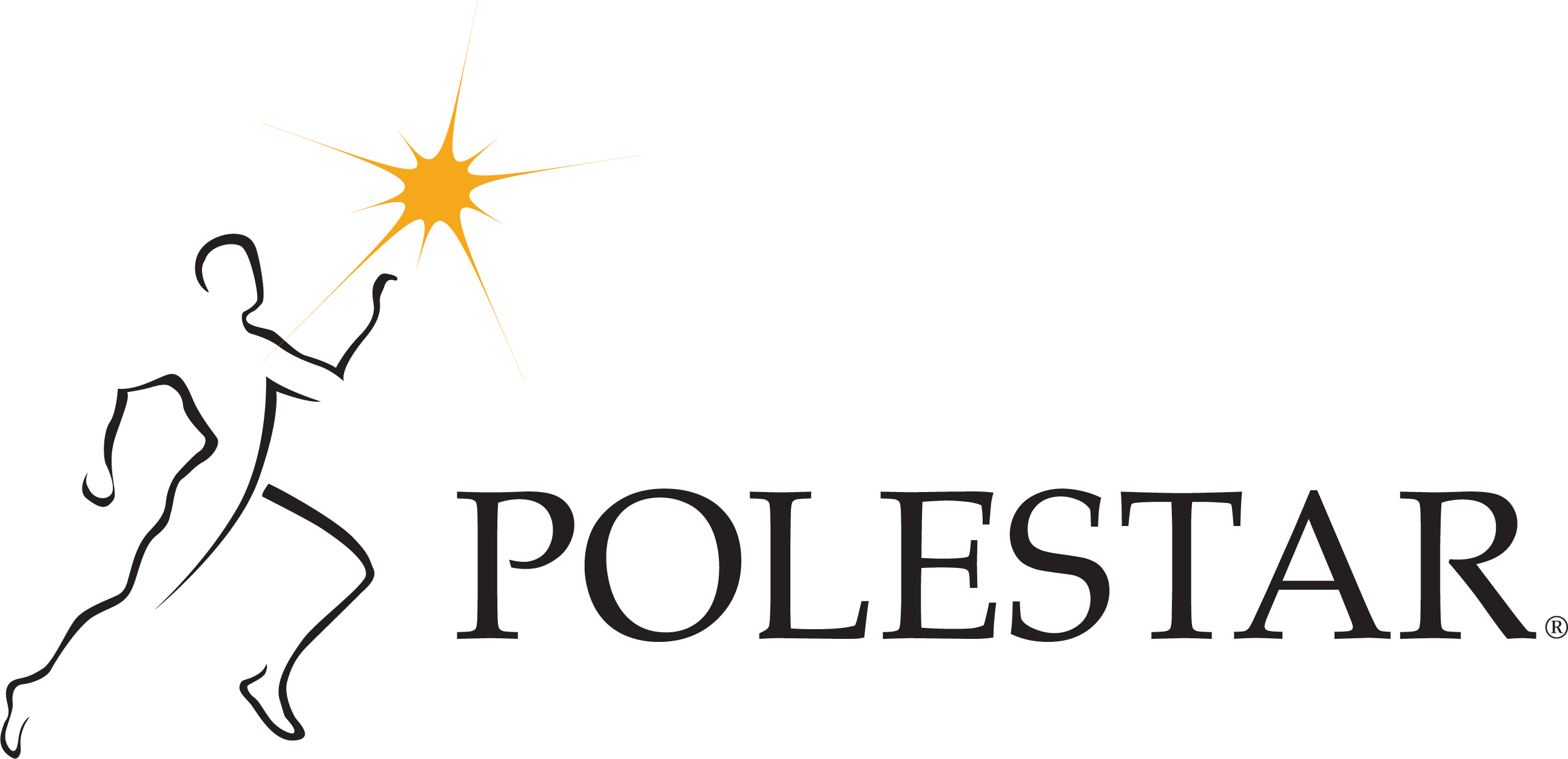
As a society, our daily practice of emailing, texting and small-talk requires us to make room for focused intention and study of how we communicate as movement instructors. As health care professionals we are tasked with speaking with very diverse clients concerning intimate subjects, their bodies.
Polestar’s communication model is based on neuro-linguistics, and we are fortunate to work with two physical therapists who are also NLP practitioners, Alastair Greetham in London and Dr. Helen Masin in Miami. We recently invited Dr. Masin to discuss how best to connect to your clients through meaningful communication during our monthly webinar series, Pilates Hour.Naturally, you modulate your speech differently when speaking with friends versus colleagues in the workplace. Reflect on the last time you visited your doctor. Whether a good or bad exchange, think of the language your doctor used to understand your reason for visiting. What, besides language, did he use to connect with you? Do you feel like he listened to you?Connections require that you build rapport with your client, ensuring a smooth, respectful conversation. Certain non-verbal forms of communication are best utilized here. Posture, tonality, speed, pacing, and use of silence help establish a relationship with the client. Let the client know that a nonjudgmental, patient audience is hearing them. This then lays a better foundation for two-way communication. If a patient tells you he is having “trouble with back pain,” you may want to use that same language when you confirm what they said: “so you’re here because you have trouble with back pain?”. Allow them to go deeper in detail with how they are experiencing it. Ask for clarification when you need to.
“listen with three ears”Dr. Masin says to “listen with three ears” when you are with a client. This skill, active listening, calls for attention not only to what is being said, but also to what is not. The inflection in someone’s voice, their gestures while speaking, and their manner of speaking all factor into building rapport. If your client is soft spoken, it may help ease them to adjust your volume to theirs. If they are sitting, you should sit. By empathizing with the client in this manner, you are also showing the client that you understand their ailment as they experience it.
Creating a meaningful connection with someone could be tricky depending on his or her background, which is why active listening and rapport building is crucial to effective communication.Another way to ensure rapport is understanding cultural diversity. This runs the gambit from ethnicity, to sexual orientation, to religious beliefs, and so forth. Above all, avoid assumptions! The simplest way to assure you’re addressing your client appropriately is with an introduction. You can play with what you say so long as you provide them the space to answer and then to confide in you. Remember not to negate what your patients say, listen and build rapport with them. Done correctly, these methods help break down some of the walls people instinctively place between each other. You may make mistakes, but you will get better at it with practice.
Have you tuned in to Pilates Hour yet? Be sure to bookmark this page to stay up to date for the next webinar to gain more insights on professional development, research, and much more.




